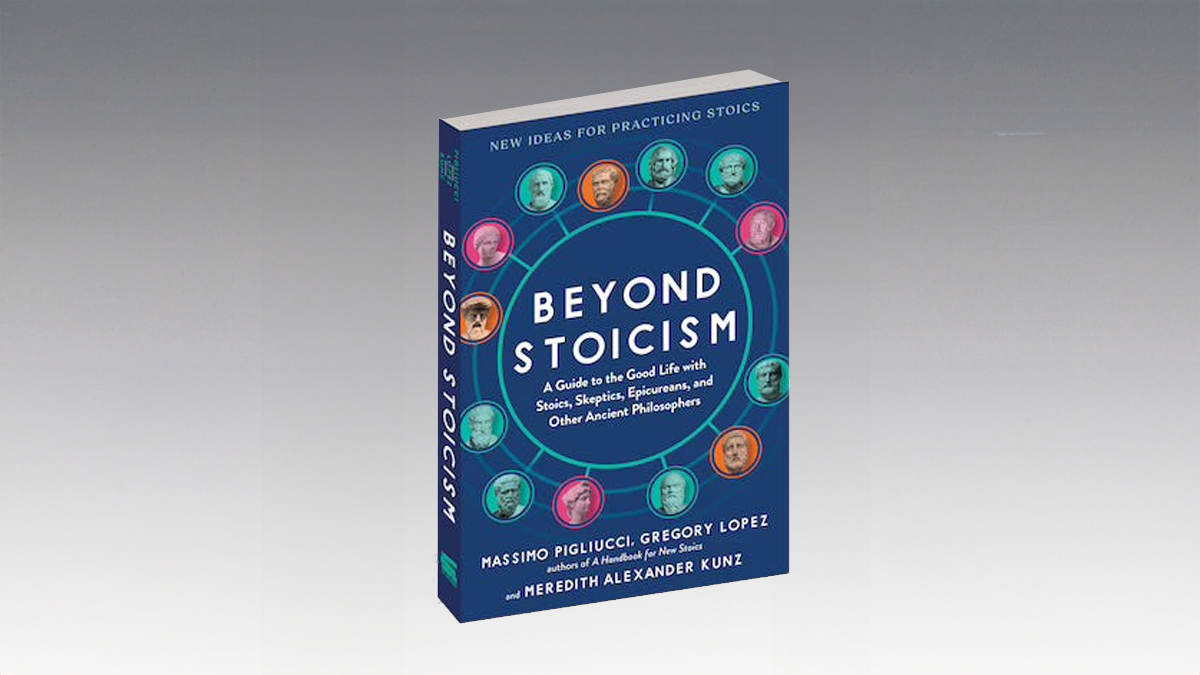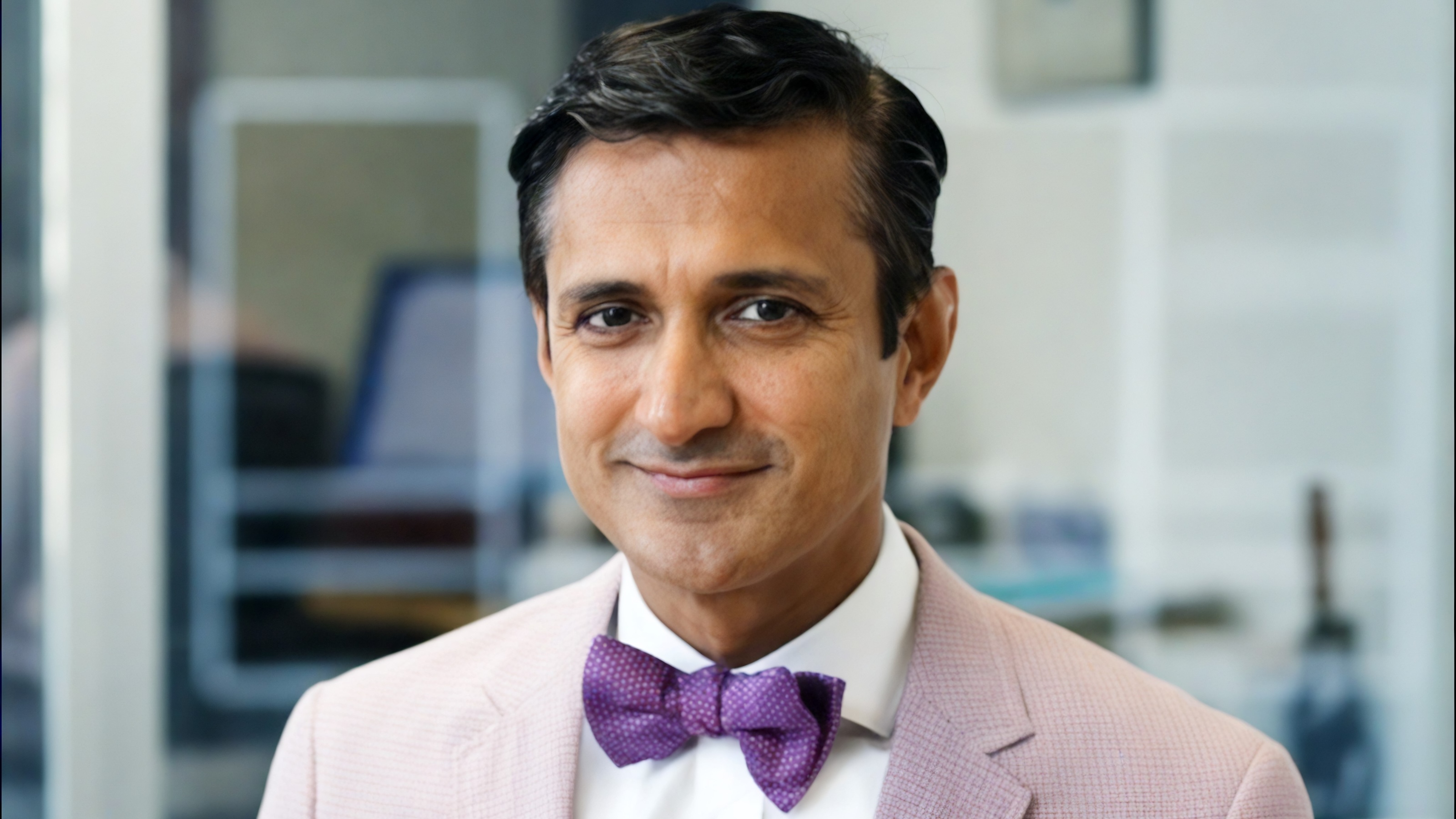The photographer walks us through his process of finding subjects, scouting out locations and scenes, and looking for the best moment to take a photograph.
Question: What is your working process like?
Edward Burtynsky: Well the process I think is unique to the subject. If you were to look at the body of my work it moves around from one subject to another, so it could be mining itself where we remove the orb from the land or it could be tailings, which is a byproduct of mining. It could be quarries. It could be refineries. It could be a dam in China or now it could be, you know, the cities being built in China and each one of those things I approach first as conceptual, like why that, why that and not that. You know like "How do I go from a general idea to this specific place in which I’m going to make a photograph of and there is a whole bunch of criteria I might put to it. Is it visual? Is it interesting? Is there a sense of scale within it? Is there any particular reason?" You know "Why photograph that intersection in LA and not another one?" Well yes, it’s one of the biggest in the world and it was where the freeway began, so there are other components that I’ll use to determine where my target is that I’m going to go and try and photograph, but then once I understand like for instance when I did the refinery series I had never tried to photograph a refinery, but I went in there with my… first with a hand-held camera and just shot it, just walked through and responded utterly to the thing. I just whatever caught my attention. I’m not using four by five. I’m not slowing down. I’m walking through. I’m responding.
Then I’d go back and start working with a 4x5, using those kinds of touch points as a reference and then start to, you know, photograph and then I’d try all kinds of films to see how that subject and the light conditions in which that subject… you know would it be shiny? Would it be a cloudy, partly cloudy day? You know evening or sunrise. How does that subject react under the different times of day and light? What films? Do the colors, the palate of the thing I’m photographing, what film best responds to it? So I’d shoot all the different films that were available on the market. I’d make prints. I’d try different papers with it until I say here is the combination. Here is the film I’m going to use. This is my position to the subject. This is where in that subject I’m going to photograph. This is the paper I’m going to use to print it on.
Now I’ve established my form. I’ve established my working approach and then I’d start going back and I’d go back maybe five, six, seven times in that one first refinery then I developed a kind of a language that I felt I was comfortable with and then I said okay, now I’m going to try and find some other refineries that might bring other perspectives to it at different times that they were built, different things that they were refining and then I would add to that body of work until I felt okay, I feel I’ve exhausted this. I’ve somehow taken this visually as far as I can go. I don’t have anything else that I feel I need to say about this and then I might close a chapter to that project and go onto the… And that might take two or three years before I… by the time I get access into it, shoot it and some things like the refineries took about three years and I was pretty much done. Whereas, quarries I went on and off of quarries at different times over a period of 17 years, other projects, so it depends you know how long I want to do it may be determined by do I feel that there is more to be had.
Recorded June 21, 2010
Interviewed by Jessica Liebman





